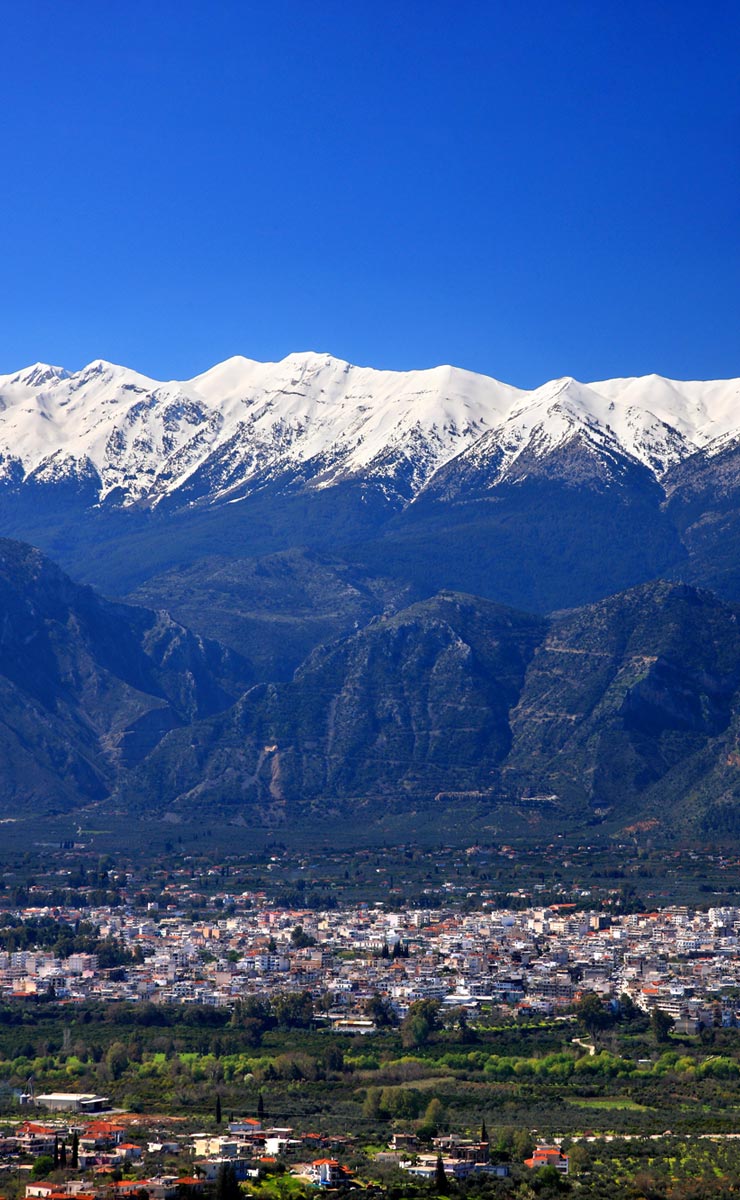Sparta was a city state in ancient Greece. Sparta owes its name to the daughter of the mythical king Evrotas. It is known in world history for its military prowess, discipline, heroism and its citizens’ frugal way of life. It is also known in Greek mythology, predominantly through the myth of the beautiful Helen, who was abducted by Paris and conveyed to Troy and became the cause, according to the myth, for the outbreak of the Trojan War.
Sparta began to emerge as a political – military power in Greece at the beginning of the Archaic Period (10th – 7th century BC) and achieved its absolute peak after its victory in the Peloponnesian War (431-404 BC) against Athens and its allies, when it succeeded.
in imposing its hegemony and influence over most of the ancient Greek world. Sparta invoked admiration with the spirit, virtue and bravery of its citizens. Lycurgus, the mythical legislator, defined the function and observance of this spirit through the Great Rhetra (agreement, treaty). He lived during the 8th century BC and is credited with the establishment of the Spartan state.
The crowning timeless symbol of patriotic self-sacrifice and undying love for the Fatherland that inspired Spartans was the sacrifice by king Leonidas and his 300 warriors at the battle of Thermopylae (480 BC), between the Greeks and the Persians. In response to the demand by the Persian king Xerxes for the surrender of their weapons, Leonidas replied with the famous words “Molon Lave” (come and take them). This response has remained immortal in world history and has endowed the Spartan king with the posthumous honour as the Spartan model for bravery, the guardian of patriotic principles, laws and duty. The ancient historian Plutarch described it as the most glorious response by a leader in history.
Modern Sparta
Modern city of Sparta, capital of the prefecture of Lakonia, lies on the eastern foothills of Mount Taygetos in the Evrotas River valley. The city has been built upon the site of ancient Sparta. The lush, fertile plain surrounding Sparta is home predominantly to olive and citrus groves. To the southwest stands Mt. Taygetos with its towering peaks and wild beauty. To the east of the city stands the forested Parnonas mountain range.
The origins of modern Sparta date back to October 20, 1834, when King Otto issued a decree on the construction of the new city.
Today Sparta maintains its good design, boasting large squares and wide streets lined with trees, while many of the older buildings remain in excellent condition. The city of Sparta is the economic, administrative and cultural center of Lakonia.
Visitors are always highly impressed by the centrally-located main square which is dominated by the most imposing neo-classical building in Sparta, the City Hall, built in 1909. With its glorious history and its proximity to Byzantine Mystras, the city of Sparta attracts the attention of many visitors, making it a prime tourist destination.
Due to its extensive and prominent history, the name Sparta is a world-renowned symbol of heroism and sacrifice balanced by a simple, austere way of life.












